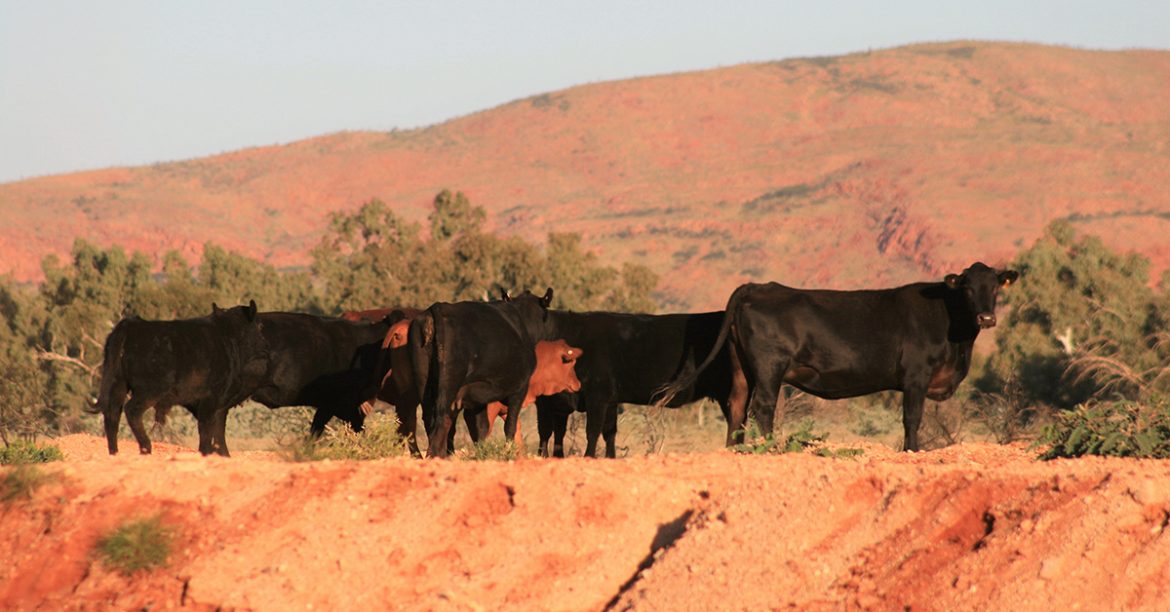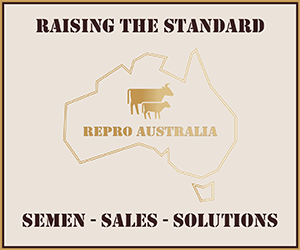1. Bull Selection –
Do your homework and select bulls that have genetics that suit your production system, environment and market end-point. This includes understanding the range of genetic information available on Angus bulls. (see – Selecting Bulls module) Direct traits on the bull itself may also be a consideration such as coat type, docility and structural soundness.
2. Grain ration –
Heavily fed and over prepared bulls will likely struggle to perform in their first season as well as grass fed bulls or bulls that have had optimal supplementation for joining.
3. Age of bulls –
The optimal age of bulls to move onsite to stations is 12 – 18 months of age to enable better adaptability than older bulls and retain the ability to effectively serve, whilst reducing the negative impact on growth and joining limitations of younger bulls. Bulls outside of this age bracket can still be introduced and used however extra consideration should be given to older bulls fighting and acclimatisation.
4. Relocation –
The cooler months are the best time to relocate bulls with May – August being the preferable period to allow bulls to better adapt to their new environment.
5. Transportation –
Off water for no longer than a maximum of 36 hours. At this point, animals can lose over 10% of their own bodyweight due to dehydration mostly through loss of body fluids and rumen contents.
6. Recovery –
Allow sufficient time to recover from travelling by providing rest, nutrition and water either in the yards or holding paddock.
7. Nutrition –
A minimum of 14 days is recommended to allow bulls to adapt to pastures in the new environment, with supplementary feeding and/or protein supplements to be offered where necessary. Gradual introduction to urea is recommended.
8. Herd Introduction –
Ensure the bull is introduced to the herd / mob as soon as practical once located on station to ensure reduced incidence of injury or disease in the cattle yards.
9. Treatments –
All bulls should be vaccinated in accordance with standard protocols against the Clostridial diseases (5 in 1, or 7 in 1), Pestivirus and Vibriosis.
Additionally, bulls should be vaccinated for:
- Tick Fever: Producers purchasing bulls for relocation into the ticky areas of northern Australia should ensure that all bulls have been pre-vaccinated.
- 3 Day Sickness (Bovine Ephemeral Fever): Bulls should be vaccinated prior to relocation to reduce the risk of contracting Bovine Ephemeral Fever.
- Botulism: Producers relocating bulls to areas endemic to Botulism should ensure bulls are vaccinated either before relocation or immediately on arrival.

Angus Australia acknowledges the funds provided by the Australian Government through the Meat & Livestock Australia Donor Company (MDC).
This resource was created as a result of a collaboration between Angus Australia and Meat & Livestock Australia Donor Company (MDC) (Project P.PSH.1063).






